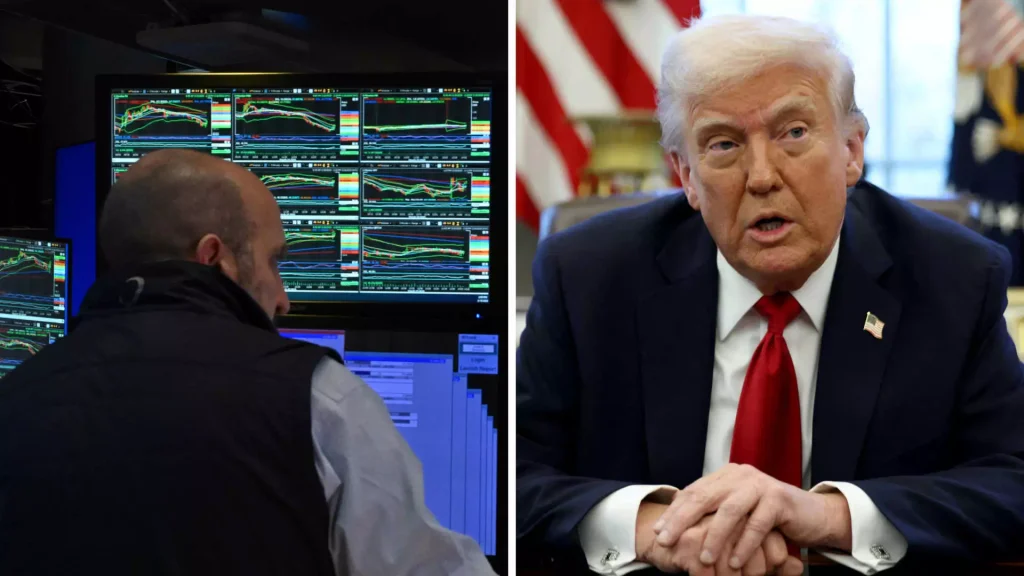As we approach a pivotal tariff deadline, market sentiment is fraught with anxiety. A recent analysis by Evercore ISI highlights that, despite this pervasive uncertainty, savvy investors could find opportunities in the turbulence. Julian Emanuel, a senior managing director at the firm, suggests a counterintuitive approach: instead of succumbing to the prevailing pessimism, investors should consider stock accumulation. His perspective draws a striking parallel to the anxiety surrounding March 2023’s regional bank failures, where initial panic ultimately gave way to recovery once the Federal Reserve intervened. This historical context offers a glimmer of hope, reinforcing the idea that market dynamics are often cyclical.

Financial Metrics That Illuminate Opportunity
The stark reality, however, is that the S&P 500 and Nasdaq have recently experienced their worst quarterly performances since 2022. The latter index is languishing 14% below its December peak, a grim milestone. Yet, this downturn may not be as detrimental as it appears. Emanuel’s bullish stance points to the potential resurgence of sectors that previously led the bull market, particularly technology and consumer discretionary stocks. These sectors, despite their recent struggles, appear set to rebound, especially with companies like Apple and Microsoft potentially initiating stock buyback programs to elevate share prices. It’s crucial to note that investment strategies shouldn’t solely hinge on past performance; rather, the current valuation levels are key indicators of future potential.
Avoiding Pitfalls—Shifting Sector Performance
Moreover, the shifting performance among sectors provides further insight into market behavior. Defensive sectors such as consumer staples and healthcare have outperformed, gaining approximately 5% and 6% respectively in the first quarter. This shift is telling; it reflects a flight to safety commonly observed in uncertain times. Investors gravitating toward these sectors may find solace in their stability, but it’s essential to scrutinize whether this defense strategy accommodates growth potential or simply shields against losses. The key is to remain vigilant about the overall market landscape while not neglecting the inherent volatility that can accompany prolonged economic hesitation.
Projected Trajectories and Strategic Implications
Emanuel’s confident projections further elucidate this complex scenario. With a year-end target for the S&P 500 set at 6,800, implying a significant 21% upside from the current levels, there is a compelling narrative that a recovery could soon take shape. Importantly, Emanuel implies that clarity, while desirable, isn’t a prerequisite for that recovery; instead, a slight reduction in uncertainty might suffice. This perspective resonates with the center-right liberal belief that markets are inherently rational, able to recalibrate in response to changing conditions.

In this environment where fear often overshadows rationality, the challenge lies in discerning when to act decisively. Investors must remain adaptable, leveraging strategic insights to navigate through the fog of confusion and fear. The prevailing market angst provides fertile ground for astute investors who are willing to take calculated risks amidst the noise.

